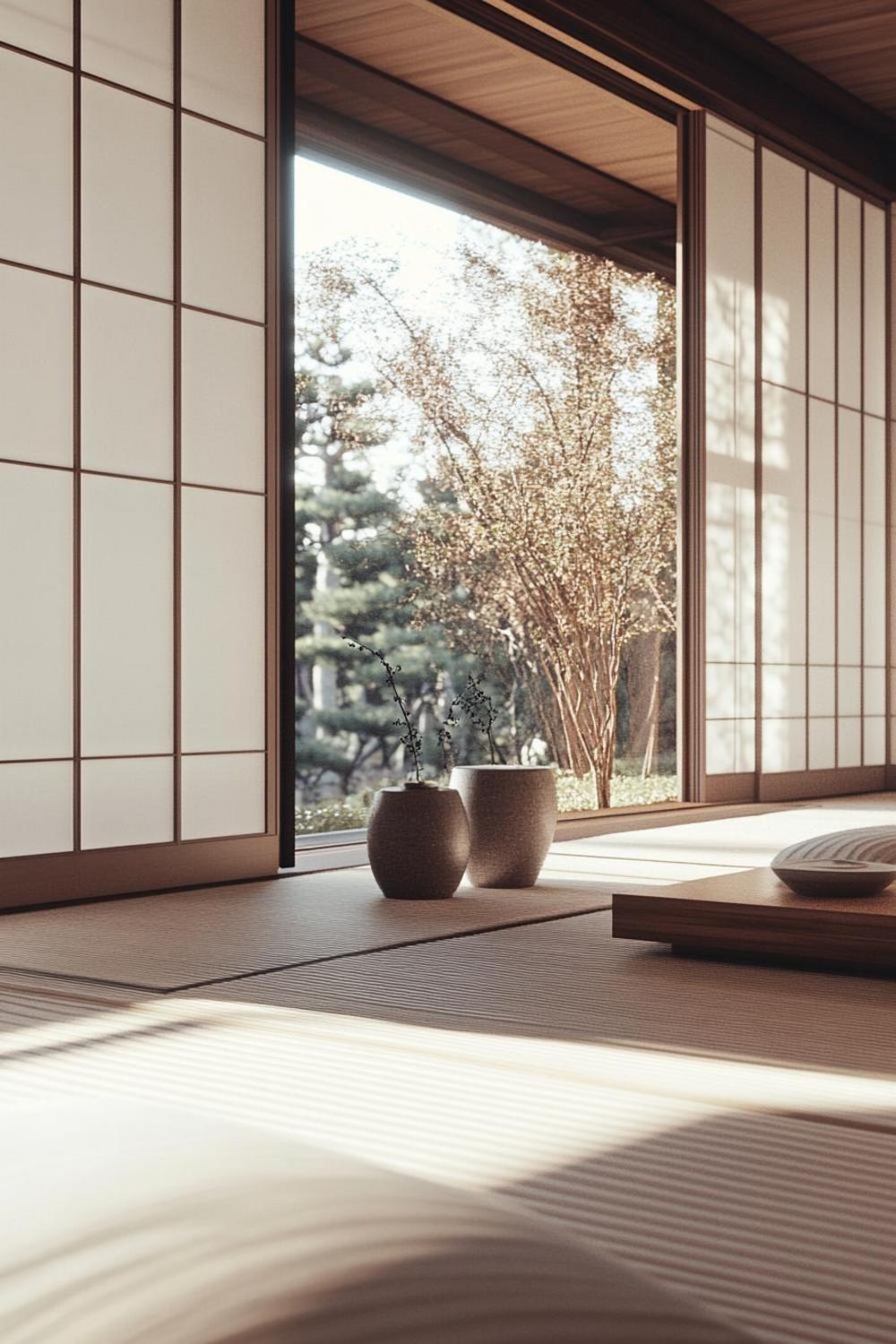Japanese Minimalism: Transform Your Home in 2025
Japanese minimalism isn’t just a design trend – it’s a transformative lifestyle philosophy that can revolutionize how we experience our living spaces! Rooted in zen principles and cultural traditions, this approach goes far beyond mere decoration. It’s about creating harmony, reducing visual noise, and cultivating a sense of profound tranquility in our homes.

At its core, Japanese minimalism embraces the concept of ‘ma’ – the meaningful space between objects. This isn’t about emptiness, but intentional breathing room that allows each design element to truly shine. Imagine walking into a space where every item has purpose, where simplicity doesn’t mean boring, but instead represents carefully curated elegance.
The Philosophy Behind Japanese Minimalist Design
Unlike Western minimalism, which can feel cold and sterile, Japanese minimalism celebrates warmth and functionality. It draws inspiration from traditional Japanese aesthetics like wabi-sabi, which finds beauty in imperfection and transience. Our homes can become sanctuaries that reflect inner calm and intentional living!
Key Principles of Japanese Minimalist Design
- Functionality First: Every item must serve a clear purpose
- Natural Materials: Prioritize wood, bamboo, and stone
- Neutral Color Palette: Embrace whites, beiges, and soft earth tones
- Negative Space: Allow room for visual breathing
Working professionals and busy families will appreciate how this design approach can dramatically reduce daily stress. By eliminating unnecessary clutter, we create mental and physical space for what truly matters.

Practical Implementation Strategies
Transforming your home into a Japanese minimalist haven doesn’t require a complete overhaul. Start small! Begin by decluttering one room, focusing on pieces that genuinely spark joy and serve practical purposes.
Storage Solutions
Japanese design excels at intelligent storage. Multi-functional furniture like futons that convert from beds to seating, or modular shelving systems that adapt to changing needs, are game-changers for modern living spaces.
Selecting Minimalist Furniture
When choosing furniture, prioritize clean lines and neutral tones. Low-profile furniture, inspired by traditional Japanese interiors, can make spaces feel more open and breathable. Think platform beds, floor cushions, and simple wooden tables that blend seamlessly into the environment.
Color and Texture Considerations
While minimalism often suggests a monochromatic approach, Japanese design allows subtle texture variations. Incorporate natural textiles like linen, cotton, and subtle wool weaves to add depth without overwhelming the space.
Creating Zen Zones in Your Home
Designate specific areas for mindfulness and relaxation. A small meditation corner with a floor cushion, a carefully placed indoor plant, and minimal artwork can transform a corner of your home into a personal sanctuary.
Pro Tips for Maintaining Minimalist Spaces
- Perform quarterly decluttering sessions
- Invest in hidden storage solutions
- Practice the ‘one in, one out’ rule for possessions
- Choose quality over quantity
Remember, Japanese minimalism isn’t about deprivation – it’s about intentional living. By carefully curating our environments, we create spaces that nurture our well-being and reflect our most authentic selves.



